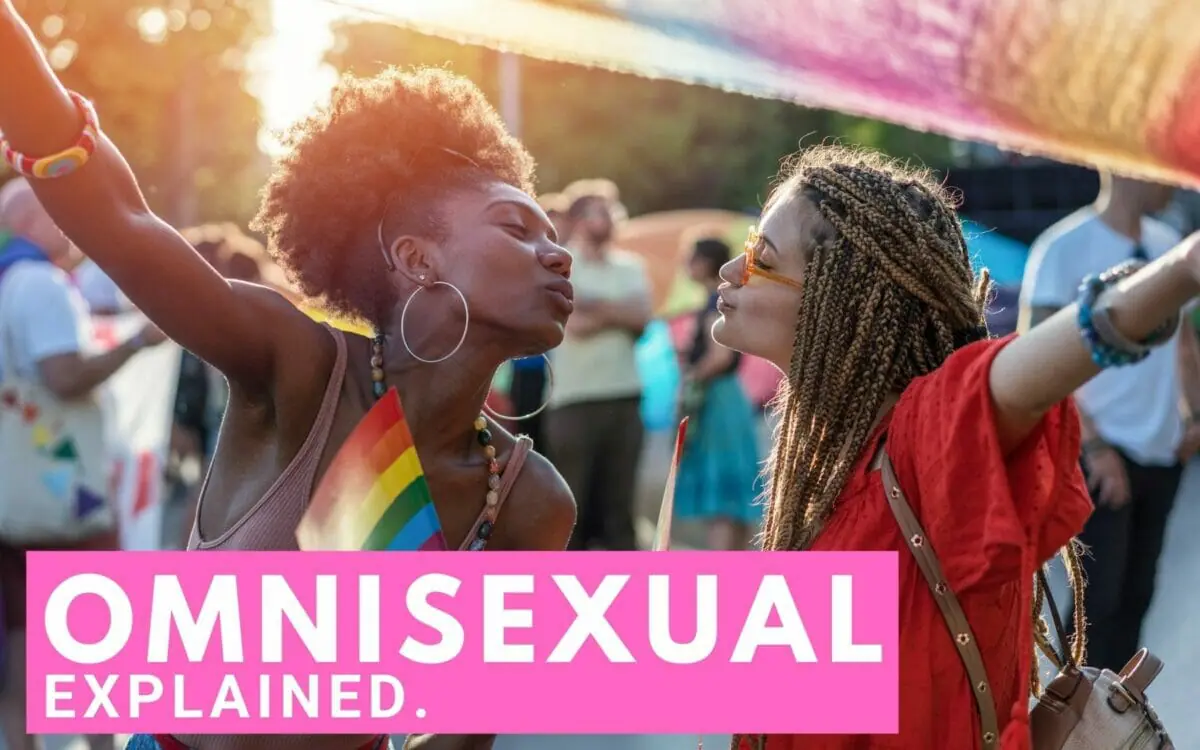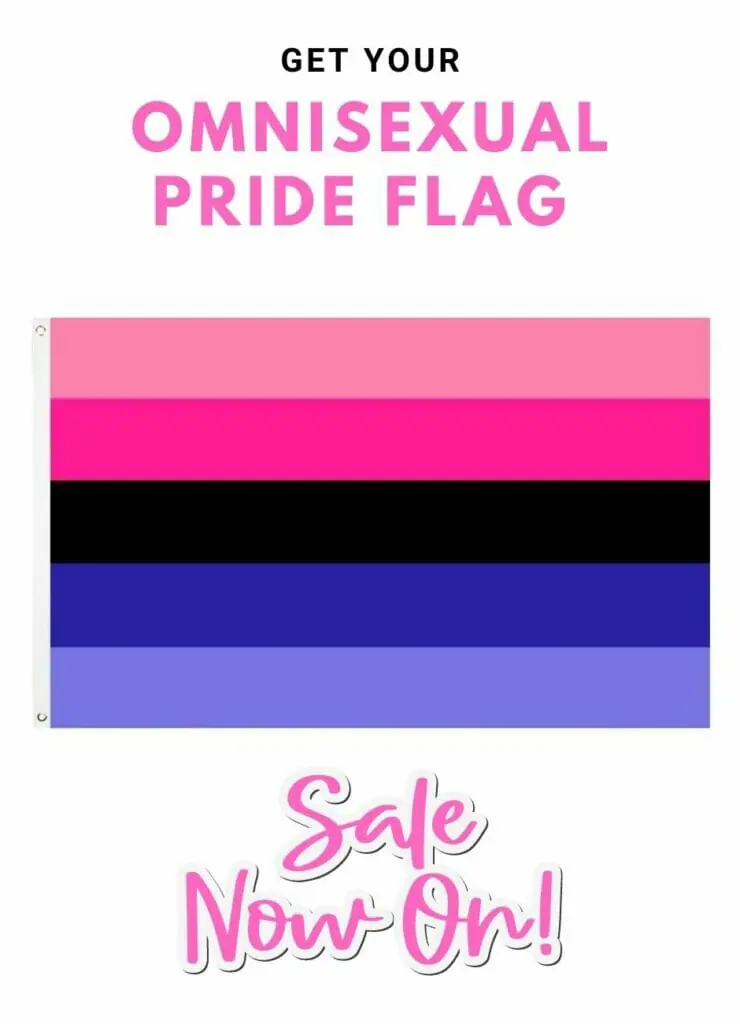There are many gender identities and sexual orientations that anyone can feel connected to or identify with.
More and more people are coming out on the queer / LGBTQ+ spectrum. As a result, the language and terms used to describe different gender identities and sexual orientations are expanding and evolving.
One term however that still isn’t well known but coming up more often in the LGBTQ+ space is omnisexual. So, this article will discuss what does omni sexuality mean, talk about the meaning behind the omnisexual pride flag, and how to be a better ally to individuals who identify as omnisexual.
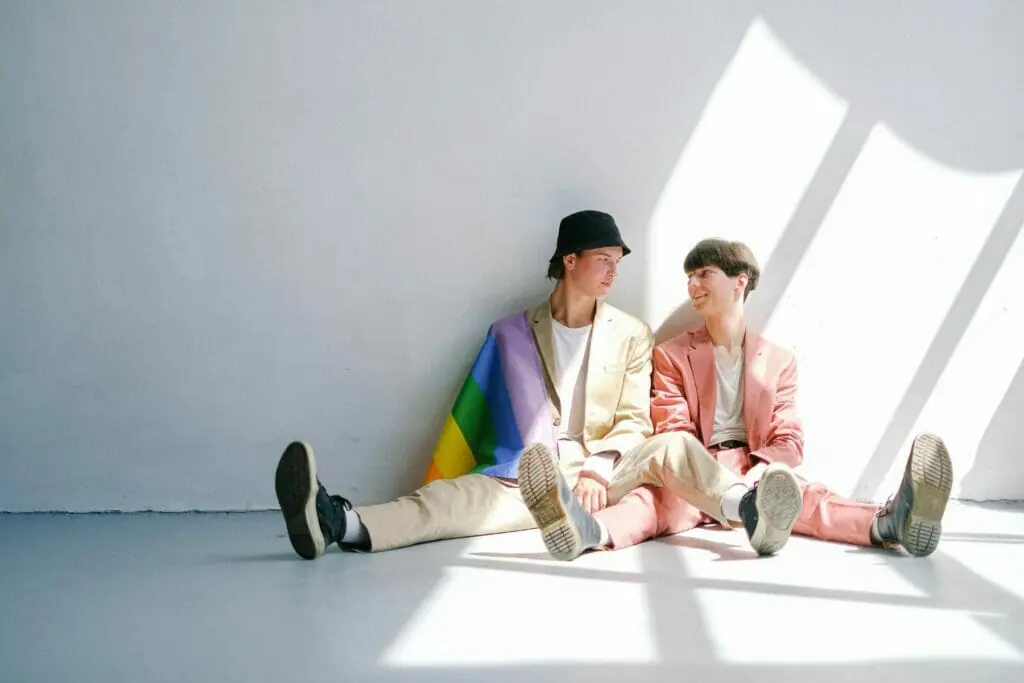
In this article we will cover...
What Does Omnisexual Mean?
Omnisexual people describe omnisexuality as being attracted to all sexual and gender identities. Omnisexuality can be characterized as multisexuality. Multisexuality refers to people who are attracted to more than one gender. Omnisexual people are often placed within this group together with pansexual, polysexual, and bisexual individuals.
Just like other sexual orientations, there’s no one way to tell whether someone is omnisexual. Most of the time, the terms omnisexual and pansexual are used interchangeably. However, there are differences between these two terms.
Omnisexual people often find that their gender identity is confused with different sexual orientations categorized as multisexual. As a result, some omnisexual people may bend to the pressure of conforming to a label that others are more familiar with.
A good straight ally (or good human really) will help foster and create a space where such individuals are comfortable expressing their sexuality in the way they see fit – and not trying to force them into a box they don’t feel fits.
Omnisexual people are not gender blind. Simply put, this means that they see and acknowledge gender. Omnisexual people are sexually attracted to different genders and sexual orientations, but the gender of the people they are attracted to matters to some degree.
Even though they acknowledge the gender of the people they are attracted to, it is not the reason for the attraction. They see the gender, but it doesn’t affect why they are attracted to a specific person.

Omnisexual Pride Flag Meaning
There are many different LGBTQ flags representing most queer identities, so it should come as no surprise that omnisexuals have an exclusive pride flag that includes shades of pink, purple, and blue. The omnisexual pride flag was created by @pastelmemer in 2015, however, they never explained the exact meaning of the colors.
That has not stopped many omnisexual individuals from putting their own feelings to each color and the current semi-consensus to what these colors mean is:
- Pink stands for attraction to women.
- Blue stands for attraction to men and,
- Purple stands for attraction to non-binary people.
When Is Omnisexual Pride Day?
Awareness, visibility, remembrance, and celebration are all important in increasing the acceptance and recognition of queer identities and queer folx around the world.
By observing an international day for omnisexuality, it is easier for omnisexuals to talk to friends and loved ones – and to feel the love. It also helps foster awareness and increased sensitives from society at large.
So, mark your calendar and plan something special (even if it is just a social media post!) for March 21th, which is Omnisexual Awareness Day.
Missed it? Not to worry. There is also Omnisexual and Omniromantic Pride and Visibility Day on June 6th each year.
Other Omnisexual Information To Help You Be An Ally
We mentioned previously that the term omnisexual isn’t well-known. As a result, any omnisexual in your life may experience historical tropes that have plagued LGBTQ people. Some common tropes they may experience include:
– People invalidating and dismissing their identity.
– Hyper-sexualization of omnisexual people.
– Hurtful comments such as saying omnisexual people are only attracted to inanimate objects.
The first thing you should do as an ally to omnisexual people is believing them when they tell you about their sexual orientation. Don’t try to argue them out of it or place them into one of the tropes mentioned above. It could also help if you worked on your mindset. Working on your attitude means you challenge your concept of gender, sexuality, and sex.
After all, if you are having any issues with understanding omnisexuality, the root cause is bound in your understanding of gender and sexuality – not in theirs.
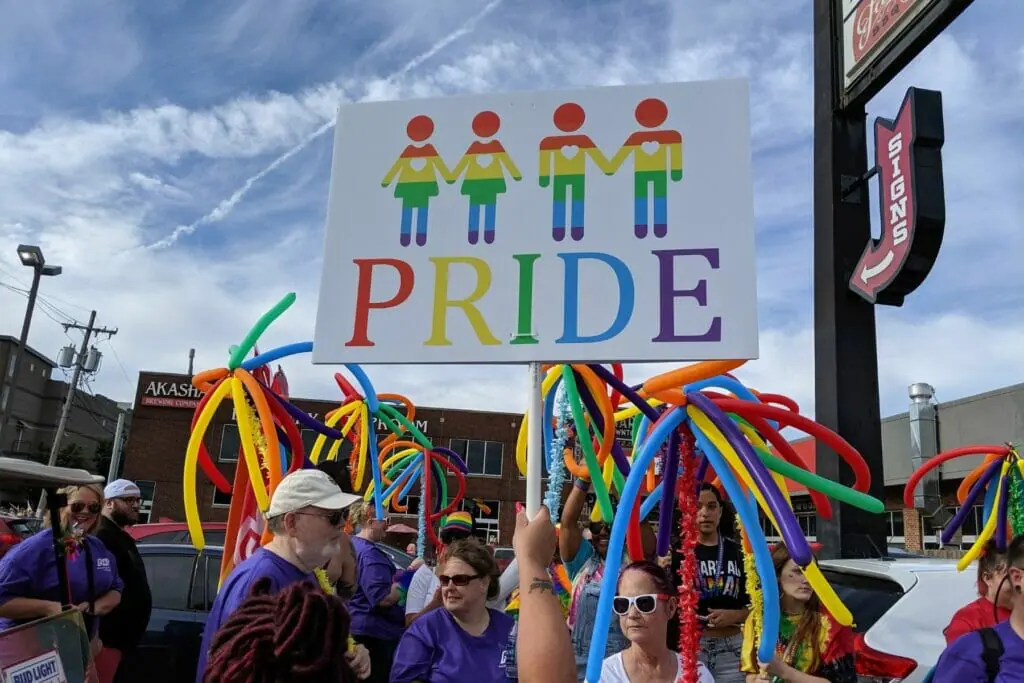
Educate yourself.
Since the language around sexual identity is evolving and expanding, it would be wise to educate yourself and have an open mind. More people are likely to come out and identify with omnisexuality. And, with this kind of realization of who someone is, comes the need for acceptance.
You might also want to explore other lesser-known gender identities and sexual orientations such as demiboy, genderqueer or asexual to get a more comprehensive understanding of the queer spectrum.
There’s no one way to be omnisexual.
As we mentioned previously, omnisexual people aren’t gender-blind. They see and also acknowledge gender. Gender isn’t a factor that determines to whom an omnisexual is attracted. Just like other sexual orientations, there is no one way to be omnisexual.
The only way for you to know whether someone is omnisexual is for them to tell you. Do not assume someone’s sexual identity. Remember that if you don’t know what a term means or wouldn’t use it to describe yourself, that doesn’t mean the term isn’t valid or affirming to other people.
While the lack of knowledge may create stigma, use it the other way around to fuel your curiosity so you can educate yourself about other people’s sexual identities.

Omnisexuality isn’t pansexuality.
Even though people sometimes use pansexuality and omnisexuality interchangeably, they don’t mean the same thing. The most significant difference between these two terms is the recognition of gender. Most pansexual people are attracted to other people regardless of their gender. Omnisexual people may see gender as part of their attraction.
Omnisexuals and pansexuals may both report not being attracted to a specific gender. Omnisexuals are not gender blind, while pansexuals are. Omnisexuality is a valid identity on its own, and if someone says they are omnisexual, you can’t say they aren’t.
While some identities may have only slight differences, they may still mean a lot to someone. All you need to remember is that everyone’s experience of attraction is different – and that it is for them alone to define.
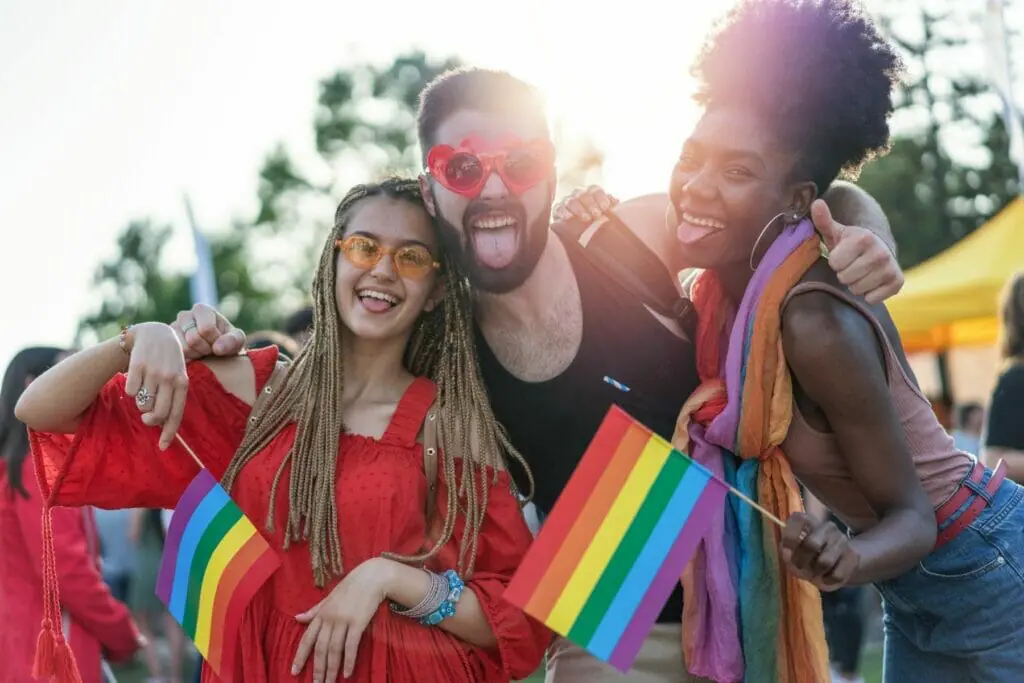
Omnisexual experience a wide variety of sexual attraction
Don’t judge the omnisexual people in your life for experiencing a wide range of sexual attractions. Omnisexual people can experience sexual attraction to aromantic, monogamous, or polyamorous individuals. Always remember that they experience sexual attraction to all genders.
Omnisexual people can be in monogamous or straight relationships yet still experience omnisexuality. One misconception about omnisexual people is that they are promiscuous and can’t settle down with one individual. However, this isn’t true at all. Omnisexual individuals are capable of monogamy.
Omnisexual people that are confident in their identity may feel that they need to share their experience with the wider LGBTQIA+ community. Allow your loved ones to do this because this is how they may clear up misunderstandings about their identity. Sharing their experiences about their identity can help others working through the complexities of their sexual identity.
Even if there isn’t any official record on the number of people that identify as omnisexual, helping your loved one find a community of people they belong to will help affirm and validate their sexuality.
Plenty of online communities such as Tumblr and Reddit can help your loved ones find more information about their orientation and understand themselves better. Keep in mind that omnisexuality is as expansive, healthy, and valid as any other LGBTQ+ identity.


